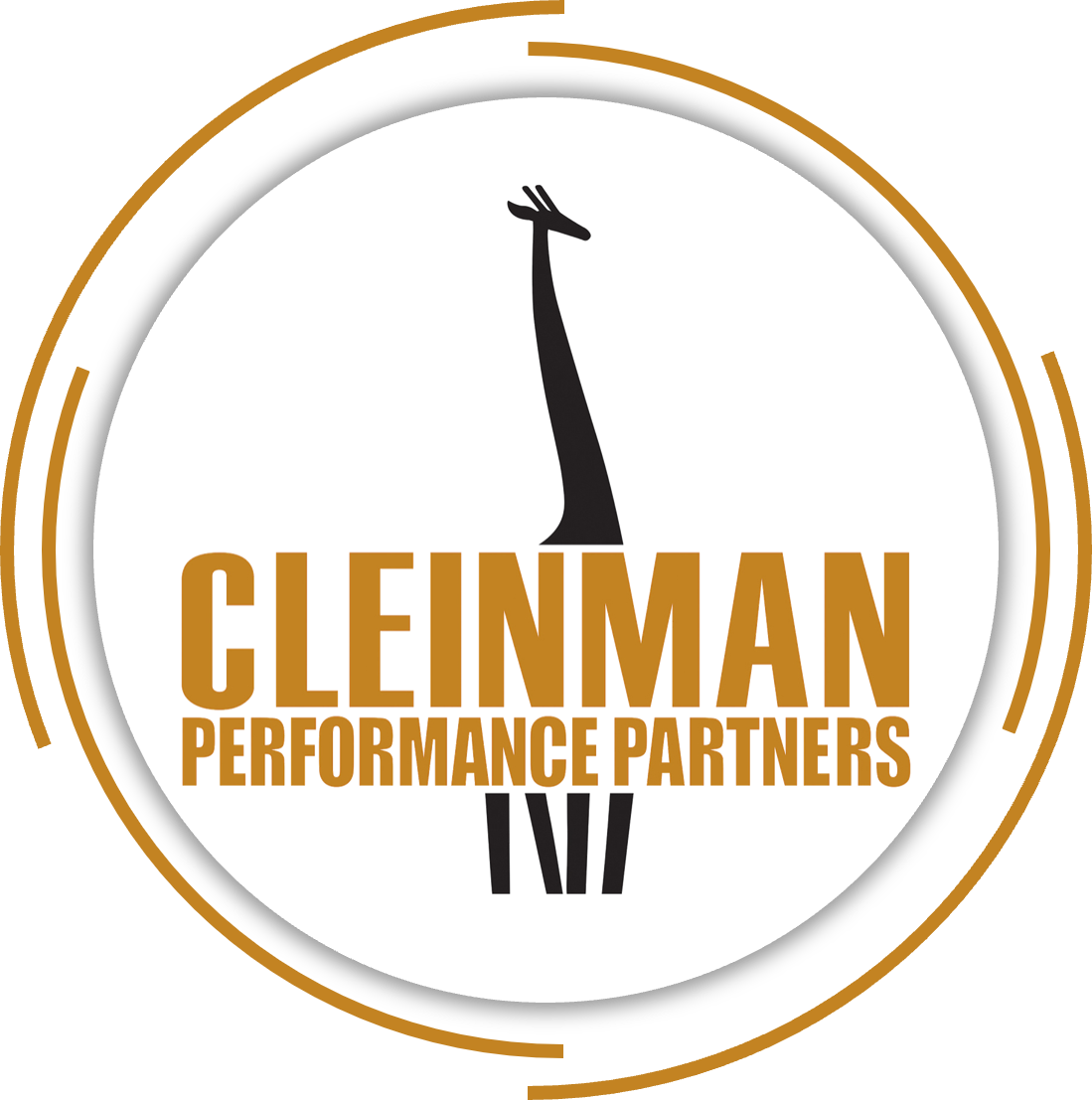Meta Programs: The Hidden Mental Map to our Ultimate Success. February 1, 202
We have all heard of personality traits and behavioral characteristics. In fact, these two things are so talked about that many of us have taken self-assessments to measure them. Understanding our personality and behavior is important, but there is more to the story. Understanding the unconscious patterns in how we filter information is even more important to recognizing how we respond to situations and identifying not what we think, but how we think. Our mental patterns help determine how we sort through the information coming from what we experience and how we make sense of the world around us.
Read More…The patterns I am talking about are called Meta Programs, and they are key to determining how we focus our attention and interests and guide how we interact with one another. For that reason, Meta Programs have proven to be critical to our success in many ways particularly communicating, motivating, influencing, managing stress, closing sales, and recruiting, just to name a few.
Over the course of my next few videos, I am going to outline six of the most crucial Meta Programs for business success, giving you the ability to increase awareness of your own mental patterns and those of others. Let’s get started by talking about “Toward or Away” and “Chunk Size.”
The Toward or Away Meta Program has to do with how we orient ourselves to pain. We either have a strong urge toward gaining pleasure or an urge to move away from (or avoid) pain. In terms of our behavior, that means if we are Toward motivated, we will do things to gain pleasure—accomplish a goal to gain the pleasure of an award; move priorities based on the benefits our accomplishments will produce for us, and we’ll talk about what we want rather than what we don’t want.
If we are Away motivated, we will do things to avoid the pain of a consequence; we talk about what we don’t want and are often motivated by our fears, concerns, and potential failures. Away-motivated people tend to have a scarcity mindset, work better under imposed deadlines, usually spending most of their time fire-fighting current problems. They are most persuaded when there is something negative to avoid, a failure or risk to consider, and a sense of safety or security to be achieved.
Understanding how important the Toward or Away Meta Program is to a person’s motivation is key to achieving company goals and increasing sales. If you want to elicit this information, you’ll want to pay attention to the words: but, however and because. Once someone has used one of these words, they usually indicate their Toward or Away motivation. For example, in an optical sale, if your patient tells you they like a frame because they are interested in how they look or who they look like in it most likely they are Toward motivated. Instead, if they tell you they like a frame because of how sturdy it is or because of its extra-long warranty, they are probably Away motivated. You should respond accordingly adding information based on the pattern you recognize. If you do this, I guarantee you’ll be more successful in closing your sale.
The Chunk Size Meta Program is also known as General or Specific. This Meta Program focuses on how we process information. Some people prefer information in bigger chunks. They want the strategic highlights or overview of a project and a summary of an issue or solution. Others want all the details, the more specific the better; they need information given to them in smaller chunks.
Understanding the size of informational chunk an individual needs to process is key to gaining rapport and making a strong connection. Getting the wrong chunk size is likely to frustrate and stress whomever you are interacting with so recognizing when you need to chunk up from specifics to big picture or down from a broad perspective to more details can be the difference in successfully delegating a project, closing a sale, or making meaningful connections with a team.
Big chunk people are conceptual thinkers persuaded by getting to the point quickly and presenting the essentials of a main idea. Small chunk people prefer step-by-step approaches and sequences and are persuaded by words like exactly, precisely, and specifically. It’s interesting to note that in a work setting, 60% of the population is general or big chunk and only 15% are specific or small chunk. In case you are having trouble figuring out what your patients or colleagues prefer, you can elicit information by simply asking, “Which would you prefer first, the details or an overview?”
In my next VLog, I’ll discuss Internal or External Frame of Reference and Matcher or Mismatcher. Until then, take a little time to practice with your patients and each other so you can experience how being aware of Meta Programs can increase the effectiveness of your message, boosting your chances for success.
If you want to know more about this topic or any of our coaching and professional development programs, don’t hesitate to reach out. We’re always here to help. See you next time!
